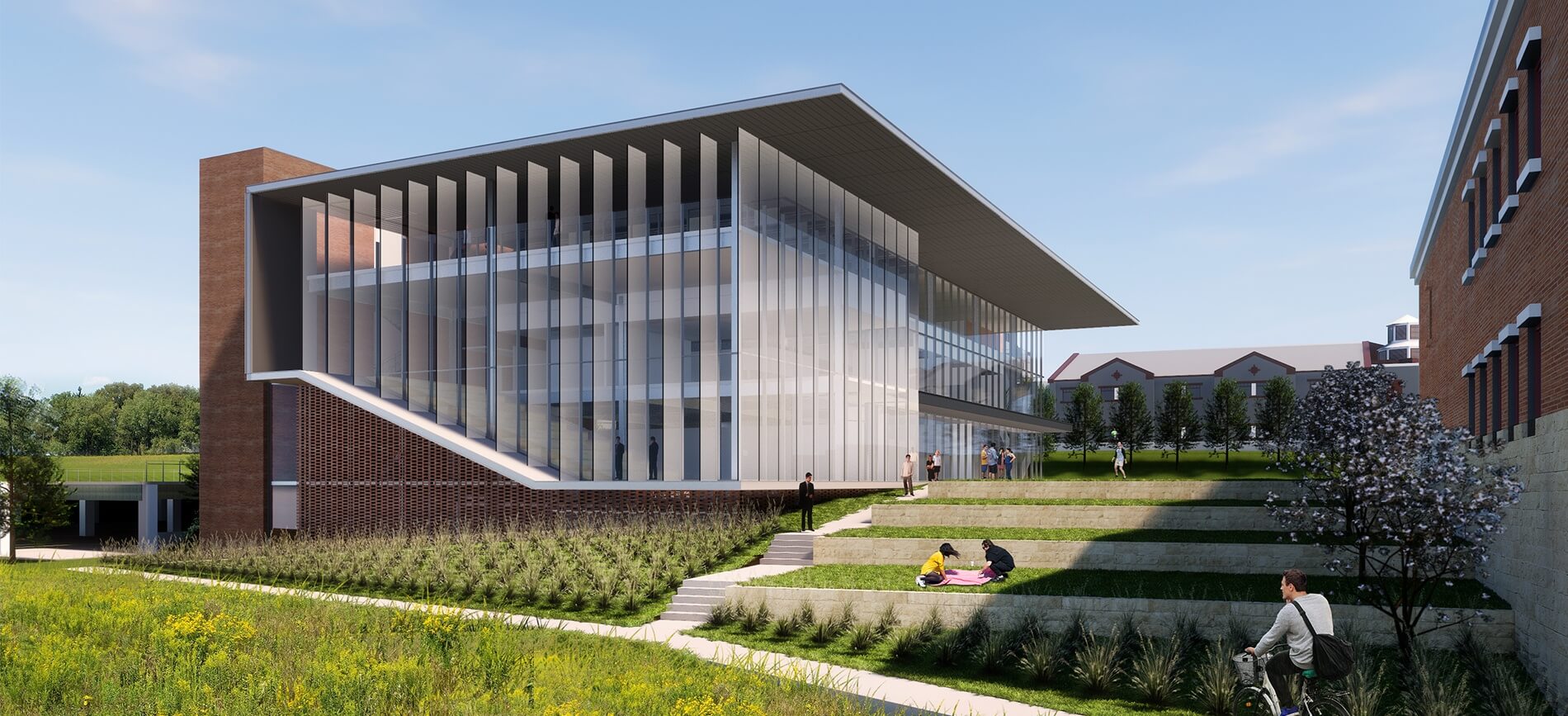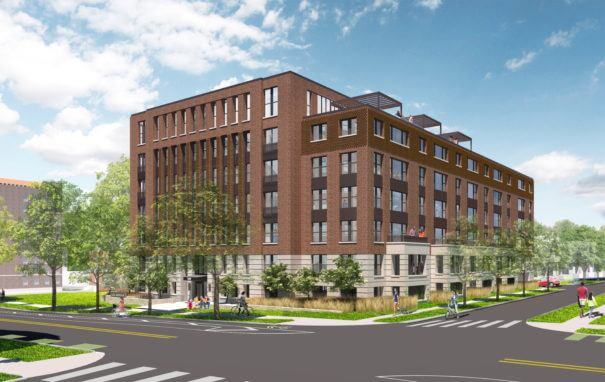Congratulations to Katie Davis, WELL AP
We are excited to announce that Katie Davis, Helix project manager and sustainability guru, is now a WELL Accredited Professional (WELL AP). Katie joins Helix Principal Alissa Wehmueller as our second WELL AP. Since earning her certification, Alissa has been exploring how the tenets of the WELL Building Standard can create healthier environments for our workplace clients.
Katie studied structural engineering as an undergrad, but she quickly realized that she was less interested in making sure that buildings stand up than in making healthy environments for the people who inhabit them. Her constant pursuit of creating environmentally conscious buildings is guided by a favorite quote: “What if every single act of design and construction made the world a better place?”
After earning a Graduate Certificate in Green Building and Community Sustainability from the Harvard Extension School and working as a member of the Harvard Green Building Services group, Katie moved to Kansas City in 2018 and, to our delight, she joined Helix as a project manager and sustainability coordinator. Currently, she is keeping our teams on-task for some of Helix’s multi-family development work and the Center for Medical Education Innovation at KCU, which is currently under construction.
Learn a little bit more about Katie in the Q+A below.



“Every project should set a goal as it relates to sustainability, as early as possible in the design process.”
How would you describe your approach to guiding the sustainability aspect of a project?
The main thing that I have learned from working on a number of projects with a sustainable goal is that sustainability cannot be an add-on or afterthought in the design process. It must be integral to everything that you do and every decision that you make, from big moves like building orientation and mechanical system selection to smaller moves like finish selection.
What’s the biggest misconception clients have about building healthy buildings?
The biggest misconception clients have about healthy buildings is that they are necessarily more expensive by default. While it can sometimes be a premium to specify non-toxic materials over the traditional toxic alternatives, an increased demand in the market is making these products more competitive. In some instances, non-toxic materials can actually be less expensive due to the elimination of “additives” like stain-resistant coatings, antimicrobial coatings, and chemical flame retardants.
Outside of building materials, a recent study by the Harvard T.H. Chan School of Public Health titled “The Impact of Green Buildings on Cognitive Function” found that doubling the ventilation rate in a building typically has a cost of $14-40/person/year but results in productivity gains of $6,500/person/year based on performance indicators such as task orientation, crisis response, focused activity level, and information usage.
How did you prepare for your exams? Any secrets to studying?
What would be a dream project for you?
I would love to work on a project that pursues the Living Building Challenge (LBC) certification. Instead of asking how our buildings can be “less bad,” LBC asks how design and construction can actually leave the world in a better place than how we found it. It requires projects to be net zero energy, water, and materials but also considers more subjective concepts such as beauty and equity. There is currently only one LBC-certified project in Missouri and there are no LBC-certified projects in Kansas — it would be exciting to be on the forefront of these projects in the Midwest!
Congratulations, Katie! We are honored that you share your knowledge with the Helix team and our clients each day, and we can’t wait to see what’s next from you!